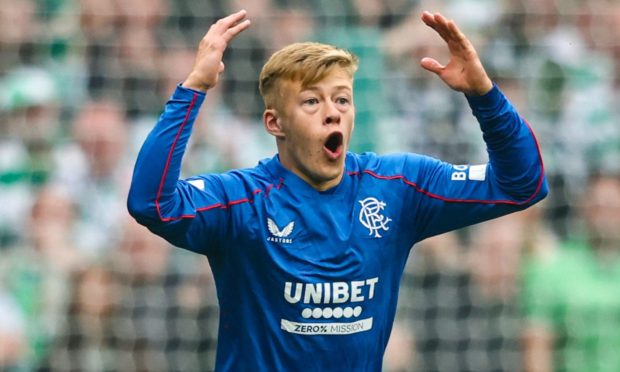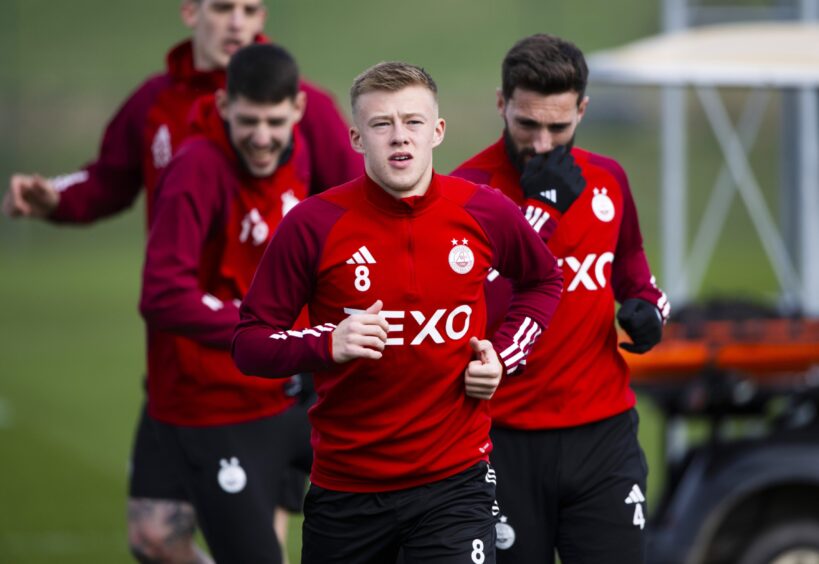Aberdeen slammed “misinformation” over the development compensation awarded to them from Rangers by an SPFL tribunal for ex-midfielder Connor Barron – while also calling for an “urgent” review into training compensation rewards for clubs.
Dons chiefs said they had “no option” but to break their SPFL “confidentiality obligations” due to the “erroneous and irresponsible leaking of the tribunal decision”.
On Hogmanay, the Rangers Review reported the Pittodrie outfit would receive £600,000 for youth academy graduate Barron from Rangers.
However, a Wednesday evening Dons statement insisted they will receive a “guaranteed sum of £639,920”.
They also said the ruling includes “an additional £250k of conditional performance-based payments, as well as future economic rights by way of a sell-on allowing Aberdeen to benefit from any future transfers of Connor as he progresses further in his career.”
Aberdeen said the long-awaited SPFL tribunal’s ruling “justifies” their move to reject an offer of £500,000 in training compensation for Barron from their rivals back in May.
SPFL ‘missed’ chance to ‘ensure clubs can be confident in increasing’ youth academy investment
But the Dons hierarchy also used their statement to raise a litany of complaints about football’s compensation processes, following the protracted wrangle.
In the Barron situation – where the midfielder switched to another club in Scotland – Aberdeen said the SPFL, who oversee the domestic compensation system, “missed” a chance “to ensure that clubs can be confident that the increasing, and significant, costs borne with academy player development are recognised and as such, there is an incentive for clubs to continue such level of investment.”
Aberdeen recently pledged to spend £22 million on their boys’ youth academy over the next decade in their annual accounts, but said their Barron compensation experience would “feature into an ongoing review into our wider academy operation”.
They said the Barron compensation ruling, “whilst worth the time and resources to obtain”, “falls a long way short” of being “an appropriate award that recognises the training and development of Connor, and the costs incurred in that development” over the player’s 14 years coming through the Aberdeen ranks.
The Reds said development costs have increased four-fold since Fifa’s cross-border (international) training rates were set in 2001 – and Scottish domestic compensation regulations have also not been “revised” to account for clubs’ ballooning youth academy bills over the years.
Under Fifa rules, Aberdeen would have received a flat fee of just £500,000 if Barron had moved to England or made a different cross-border move.
The Dons said: “We believe an important and urgent discussion is required both domestically and globally to ensure both training compensation systems are fit for purpose, therefore protecting the investment that is required to successfully train and develop players at a time when the Scottish FA is encouraging clubs to achieve more success in this area.
“This will also in turn foster and protect academies and give young Scottish talent opportunities for decades to come.”


Conversation